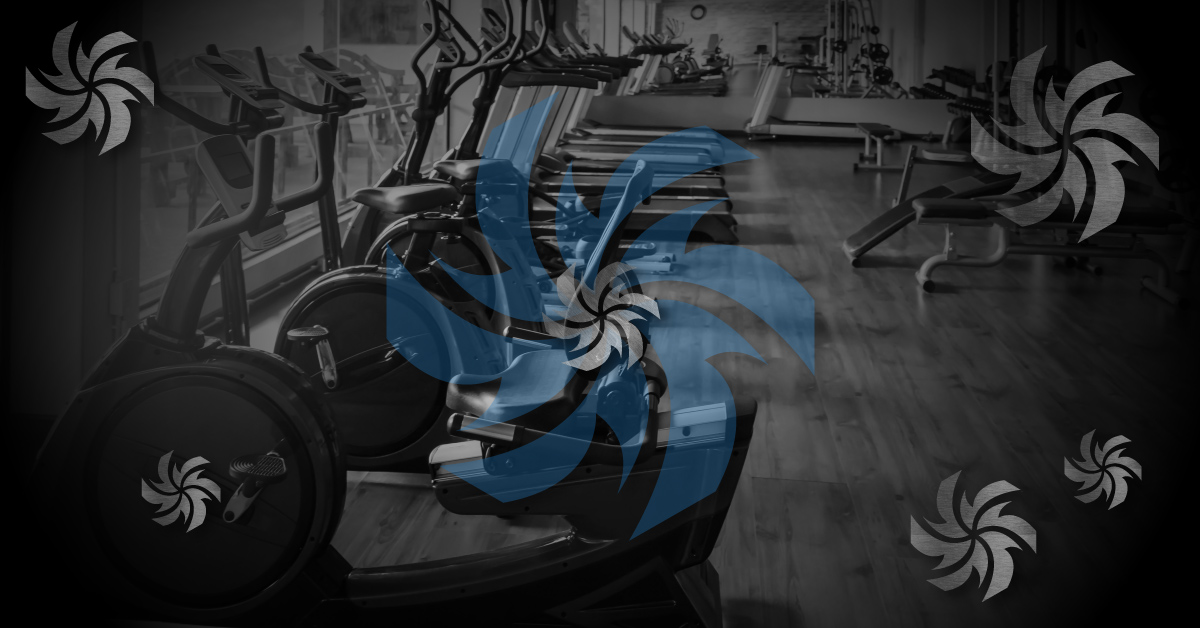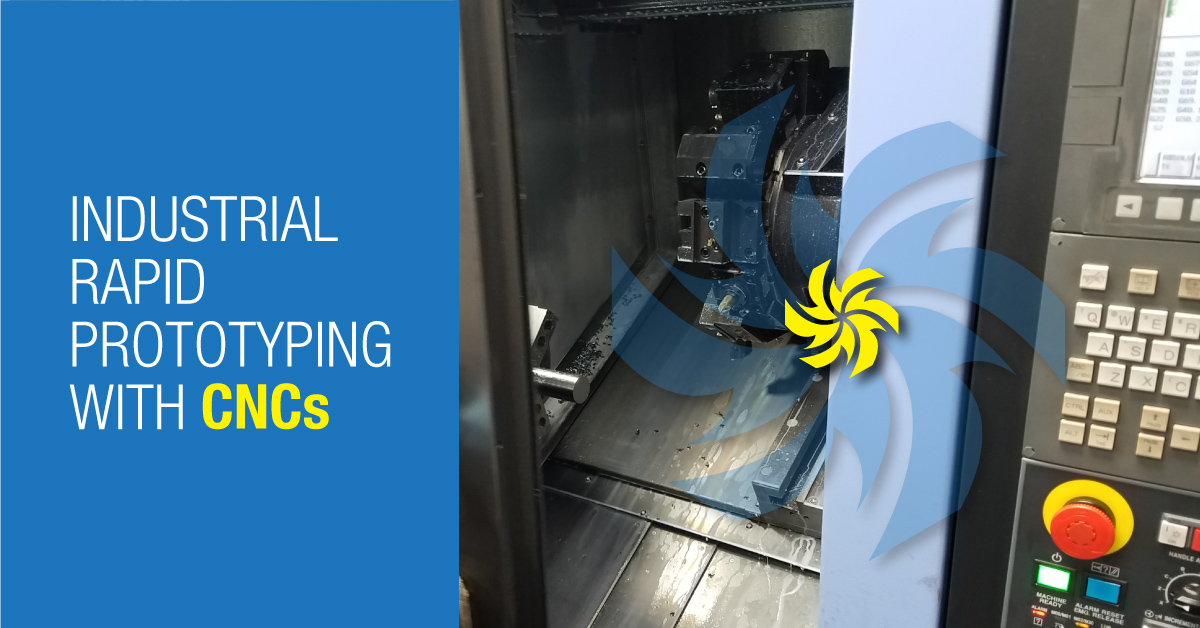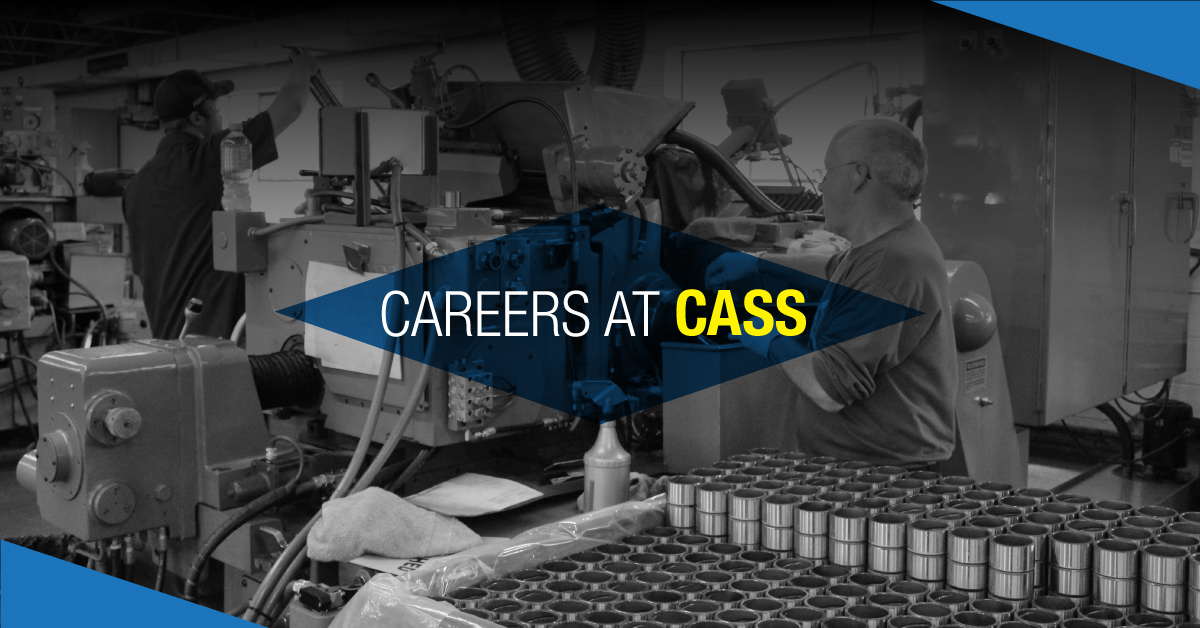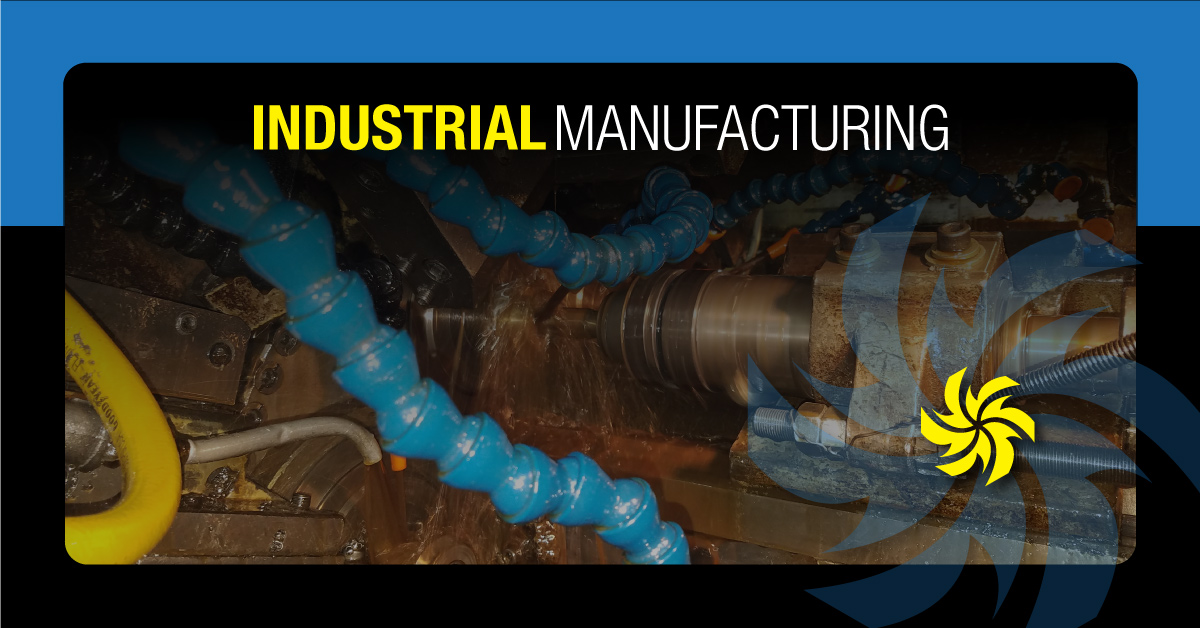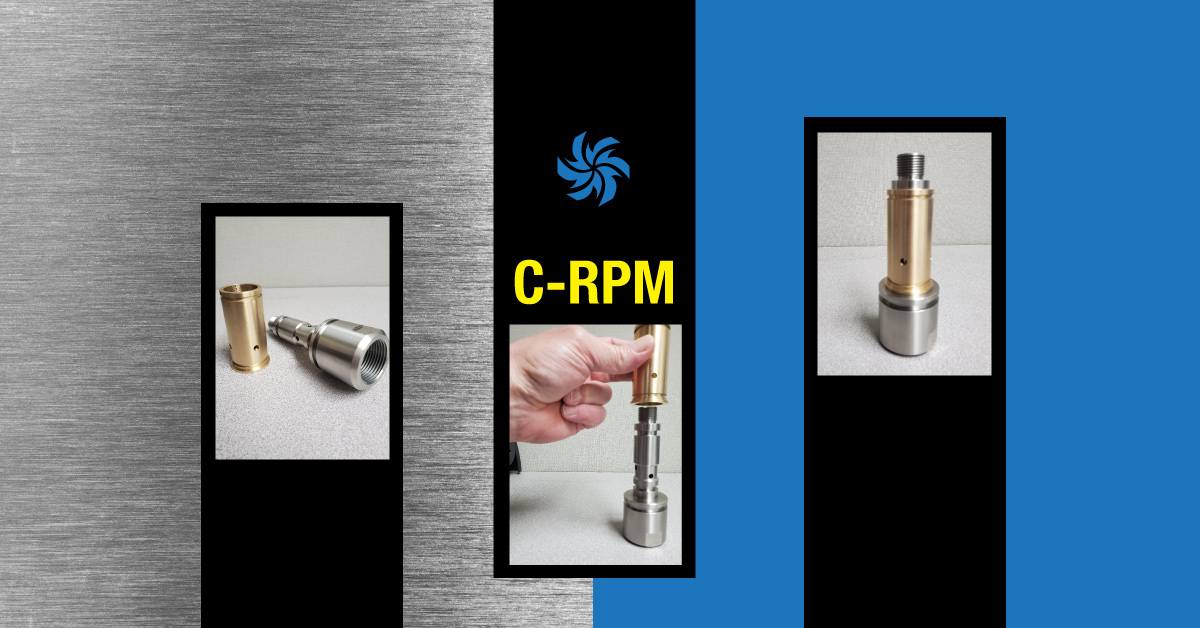China’s Battle with Decarbonization Poses Business Risks
In Assessing Supply Chain Shortages in 2022, Climate Change is a major factor in the equation. In August UN Secretary-General Antonio Guterres called the report released by the UN’s Panel on Climate Change, “A code red for humanity.” The report says that humans are unequivocally warming the planet and the results will be more heat waves, droughts, flooding, and hurricanes. The impact of all of that on global businesses is infinite and its ripples will impact business commerce across the globe.
In a much-anticipated announcement at the United Nations General Assembly in September, China President Xi Jinping stated that his country would peak carbon emissions by 2030 and aim to achieve carbon neutrality by 2060.
Regardless of ongoing trade tension between the two countries, meetings between the countries in the spring positively affirmed U.S. and Chinese cooperation in bolstering the implementation of the Paris Agreement and underscored the importance of ambitious climate action by the world’s largest greenhouse gas (GHG) emitters.
Supply Chain Challenges
For thousands of U.S. companies that have supply chains or operations in China, particularly companies that have not yet developed sufficiently rigorous greenhouse gas emission reduction goals, the Chinese national response to climate change represents complicated new opportunities and challenges.
Since Xi’s announcement was made, multiple industries and municipal and regional governments have begun increasing action related to decarbonization. These actions, along with past precedents in pollution control in China, provide guidance for how companies might consider preparing for business risks and disruption related to China’s quest for decarbonization.
As the number and scope of binding regulations for reducing carbon emissions increase in the coming months and years, it remains essential for companies with supply chains or operations in China to stay abreast of emerging business risks driven by the country’s timelines for emission reductions.
According to an August article in GreenBiz, emerging business risks and opportunities will include:
- Sourcing (through the need to qualify lower-carbon raw materials)
- Process (upgrading production processes and equipment)
- Emission controls (carbon emission reductions and capture)
- Reporting requirements, both to regulators and to the finance sector
- Access to capital, particularly domestic Chinese capital
- Adverse reputational impact in China arising from ineffective or incomplete response to Chinese requirements
- Industrial structure adjustments including replacing industrial processes and equipment and the elimination of outdated industries; and economic adjustments, such as a carbon tax
Shipping Problems
Just last week, Reuters posed the following question: What happens when the market of last resort, the London Metal Exchange (LME), runs out of metal? The 144-year-old exchange, which sets benchmark prices for the global industrial metal markets, has always prided itself on its role as ultimate buyer and ultimate seller of physical metal.
Total registered LME inventory has fallen by almost 600,000 metric tons since the start of the year. Stocks of all metals stand at 1.469 million metric tons, the lowest since 2008. The strength of the post-COVID manufacturing recovery, first in China and now in the rest of the world, has impacted not just aluminium but all of the LME metals to varying extents.
Supply-chains, by contrast, are stressed by continued disruption in the global shipping sector, where container rates remain high and many ports, particularly U.S. ones, log-jammed.
How To Decarbonize?
The world needs more aluminum to go green. But the smelters that produce aluminum use huge amounts of power and account for around 2% of all man-made emissions each year. Squaring that carbon circle is not going to be easy for China or the global market.
Welcome to aluminum’s decarbonization paradox.
Aluminum market rallies during the year were rooted in China’s own supply-chain tensions. Output curbs following energy restrictions are proliferating as provinces scramble to meet mandated energy efficiency targets.
The 10 aluminium producers participating in the CNIA (China Nonferrous Metals Industry Association) meeting committed to “continue to ensure supply and stabilize market expectations”. Only, however, if their power-hungry smelters have sufficient supplies of electricity. Aluminium is produced by electrolysis not by blasting it in a furnace. No power, no aluminium. And power in China is becoming a problem.
Aluminium curtailments earlier this year in Inner Mongolia were modest but a sign of things to come as the coal-dependent province tried to meet new quarterly dual-control targets for energy usage and efficiency. The province of Guangxi, another laggard in the energy league, last month ordered smelters to reduce run-rates to preserve power over peak demand periods.
Since China is by far the world’s largest producer of aluminum, both at a raw metal and semi-manufactured product level, this collective powering-down places a big question-mark over global supply. A market that has lived with Chinese over-supply for two decades is starting to price in a very different future. The country remains a large exporter of aluminum in the form of semi-manufactured products, which is starting to look anomalous as the huger for commodity-grade metal grows.
According to Reuters, stresses on China’s power system have turned the world’s largest supplier of aluminum into a regular net importer of primary metal. China’s problem today could be the rest of the world’s problem tomorrow. Estimates that the world will need another 25 million metric tons of primary metal production to meet an expected 80% rise in demand by 2050, fueled by the demands of decarbonization. Building that capacity while simultaneously “greening” existing capacity in a world that needs ever more renewable power is the conundrum facing the global aluminum industry.





